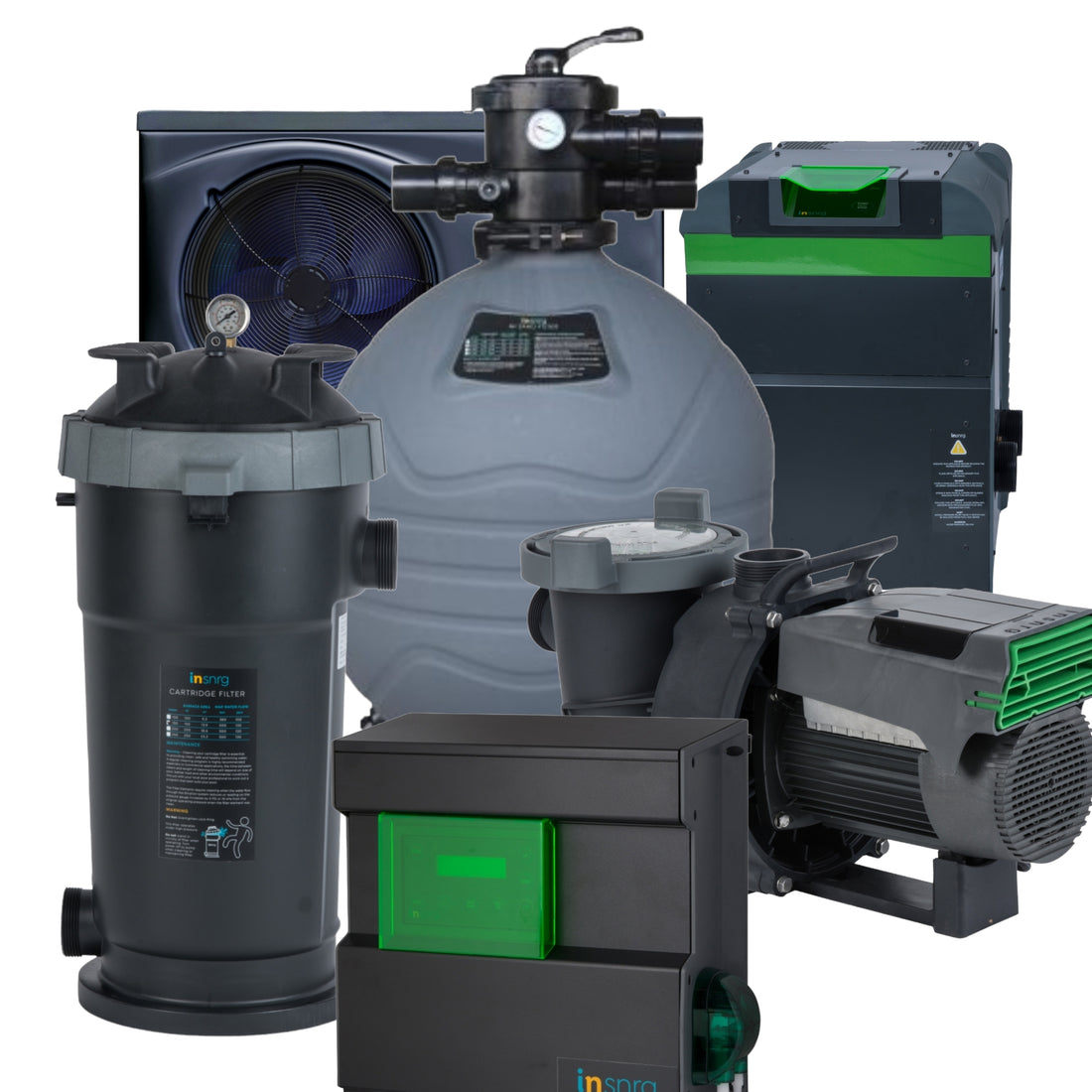Maintaining the right free chlorine level in residential pools is essential to control bacteria and algae. However, the commonly recommended free chlorine level of 2.0 to 4.0 parts per million (ppm) may not be enough. The guidelines set by the Association of Pool and Spa Professionals (APSP) in the US, the World Health Organization (WHO) and our own SPSA, suggest maintaining this level for residential pools. The focus of residential pools is mainly to control bacteria and algae, unlike public and commercial pools that require a different approach.
Bacteria and Algae Double Every 15mins
Bacteria and algae can double in population in as little as 15 to 60 minutes and 3 to 8 hours, respectively. To prevent uncontrolled growth, the kill rate must exceed the growth rate for bacteria and algae. The faster-killing form of chlorine in water is hypochlorous acid (HOCl), which is produced when chlorine is added to water. Hypochlorous acid dissociates into hydrogen ion and hypochlorite ion depending on the pH of the water. Maintaining a minimum of 0.05 ppm HOCl can kill algae, and the WHO recommends a minimum HOCl for disinfection of 650 millivolts at a pH of 7.5, which corresponds to about 0.01 to 0.05 ppm of HOCl.
Chlorine at Recommended 4ppm May Be Inadequate
However, maintaining the recommended free chlorine levels of 2.0 to 4.0 ppm may not provide the required amount of HOCl to kill algae. When chlorine binds to cyanuric acid (CYA), it slows down kill times, and at pH 7.5 and CYA of 30 ppm, 97.2% of the chlorine is bound to CYA. Therefore, at pH 7.5, there is only 1.5% hypochlorous acid and hypochlorite ion available for disinfecting and oxidizing. Thus, the amount of free chlorine in the water that is available as HOCl is only 3%.
Maintaining free chlorine at a minimum of 7.5% of CYA (or 5% of CYA if using 50 ppm borate) is recommended to avoid the need for superchlorination, the use of separate oxidizers, or algaecides. Chlorine is a horribly corrosive chemical and because of this the free chlorine level should not exceed 4.0 ppm, according to the US Environmental Protection Agency (EPA) guidelines.
Stabiliser Impact (CYA)
Trichlor (stabilised chlorine) is a commonly used chlorine source that can cause CYA (cyanuric acid/sunblock) build-up, and if the free chlorine level is not increased as the CYA level increases, algae can grow. The recommended level of 2.0 to 4.0 ppm free chlorine is not sufficient to prevent algae growth if the CYA level increases. In this case, using liquid chlorine (sodium hypochlorite), liquid bleach (sodium hypochlorite), cal hypo (calcium hypochlorite), or lithium hypo (lithium hypochlorite) for regular chlorination is suggested. These sources do not raise the pH or CYA levels.
So what all that means is, maintaining the recommended free chlorine level of 2.0 to 4.0 ppm in residential pools may not be enough to control bacteria and algae growth. Maintaining a minimum of 0.05 ppm HOCl, which requires a minimum free chlorine level of 7.5% of the CYA level, is recommended. It is important to understand the effects of chlorine binding to CYA and the need to increase free chlorine levels as CYA levels increase to avoid algae growth.
Solution Hits Like A Flash of Light
Which leaves the question, how do we achieve a high bacteria and germ kill ratio without swimming in excessive chlorine? The simple answer is Ultra Violet Light. By adding a UV Steriliser to your pool, you will instantly increase the sterilising power of your pools equipment, irrespective of pH, Chlorine, and VYA levels. All of this without adjusting or affecting any of your pool chemistry.
Note however, correct water balancing still needs to be maintained to ensure the water is healthy. A minimal 0.5 ppm of chlorine is still suggested by SPASA, the Australian governing body. For context, 0.5 ppm is close to Melbourne's tap drinking water at 0.3 ppm (arguably one of the best in the world). In comparison WA drinking water has up to 1.5 ppm of chlorine.
Conclusion
So in conclusion, yes, high levels of CYA can cause significant impact on the ability for chlorine to do it's job, however installing a UV sanitiser is the safest, easiest and most effect solution for algae and bacteria control in your swimming pool and without effecting chemistry the chemistry.

